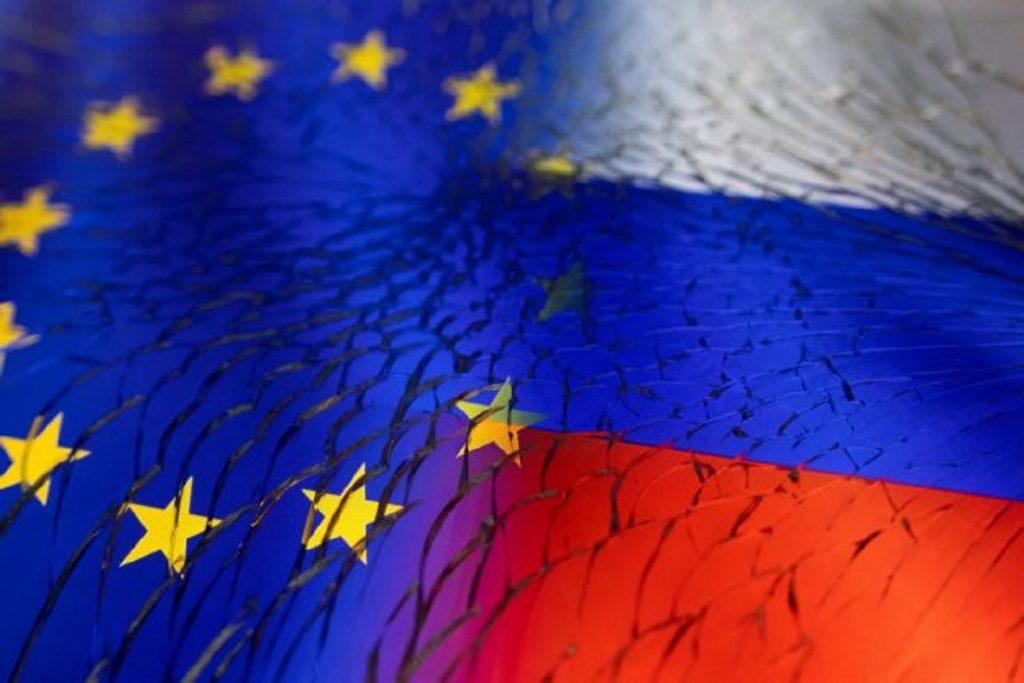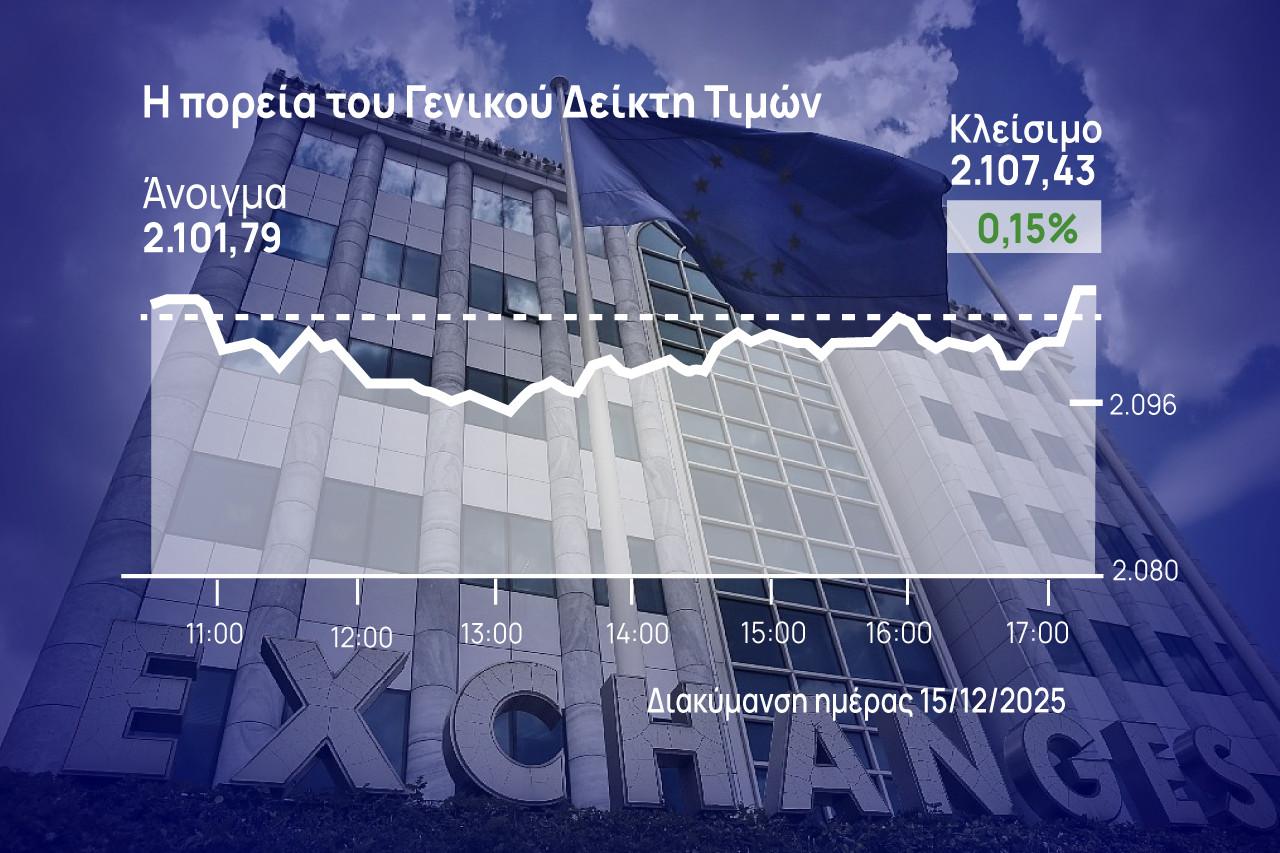Α major security incident has compromised more than 183 million Gmail passwords, according to cybersecurity expert Troy Hunt, who revealed the breach on his website Have I Been Pwned (HIBP).
The leaked data — described as a “huge collection” of stolen credentials — totals 3.5 terabytes, equivalent to around 875 HD movies, as reported by the Daily Mail. The breach not only affects Gmail but also includes email addresses from Outlook, Yahoo, and other major providers, making it one of the largest compilations of stolen data ever recorded.
“This data comes from everywhere imaginable, but Gmail always represents a large share,” Hunt said.
The breach reportedly occurred in April 2025, but was only recently made public. The dataset contains millions of unique email addresses, their associated websites, and the passwords used to access them.
How to Check If Your Account Was Affected
To find out whether your email address is included in the breach, visit Have I Been Pwned and enter your email in the search bar. Clicking “Check” will display a list of any known data breaches linked to your address.
Even if your account isn’t part of this latest leak, your data may still appear in older breaches dating back more than a decade.
If your Gmail address appears in the database, immediately change your email password and enable two-factor authentication (2FA) — a feature that adds an extra security layer by requiring a verification code sent to your phone.
Malware Behind the Breach
According to Hunt, the leak is not the result of a single hack but rather a massive compilation of so-called “stealer logs” — data files collected through malware installed on victims’ devices. These logs capture login credentials entered on various websites.
As a result, not only email accounts but also passwords used on platforms like Amazon, eBay, and Netflix may have been exposed.
Hunt emphasized that users should change all passwords associated with the affected email address: “Stealer logs reveal the credentials you type into the websites you visit and log into,” he said.
For now, the identity of the cybercriminals behind the malware remains unknown. However, experts warn that users must act quickly to protect their accounts before the stolen information is exploited.
Source: tovima.com










































